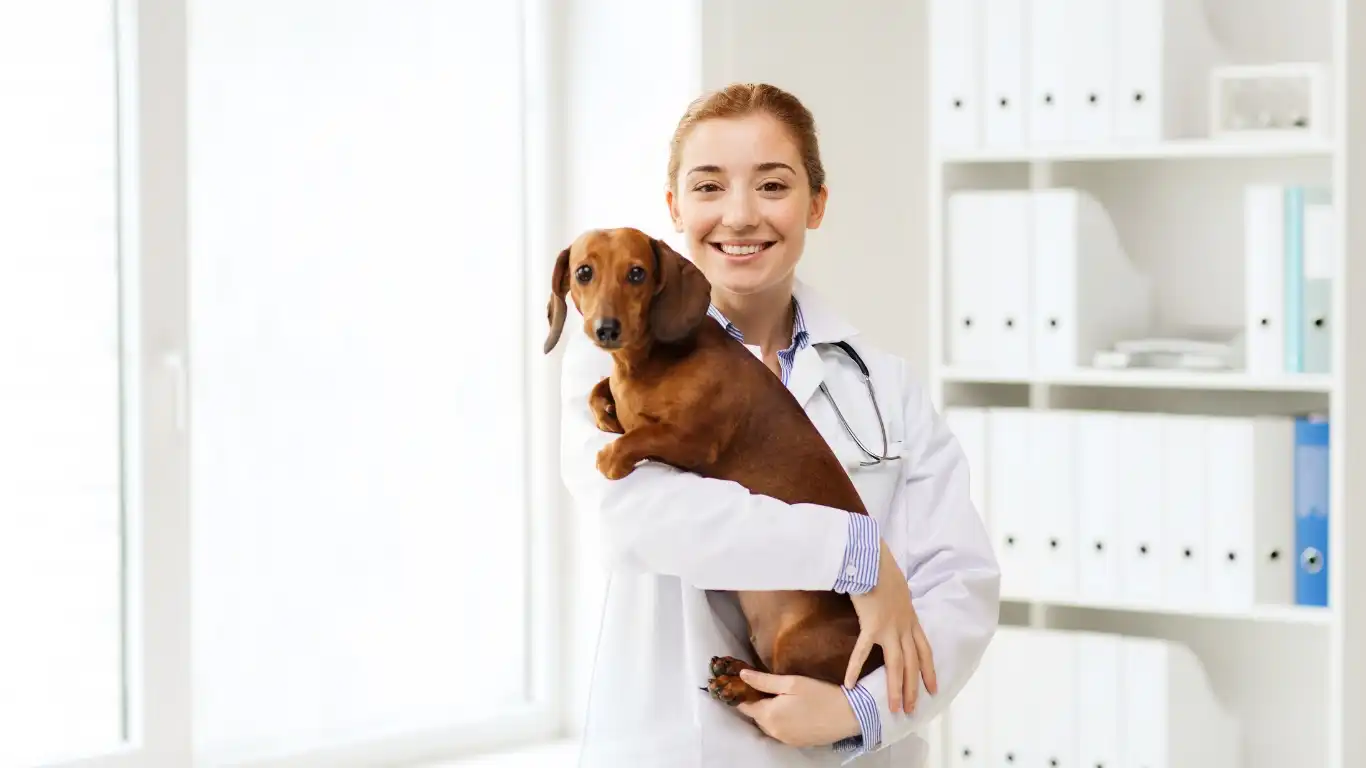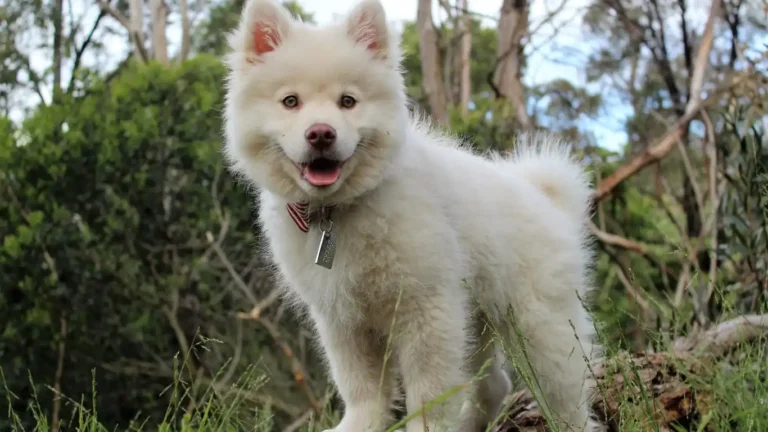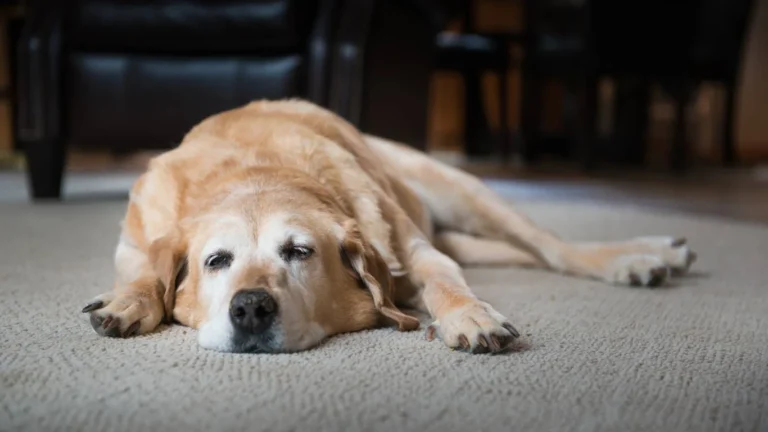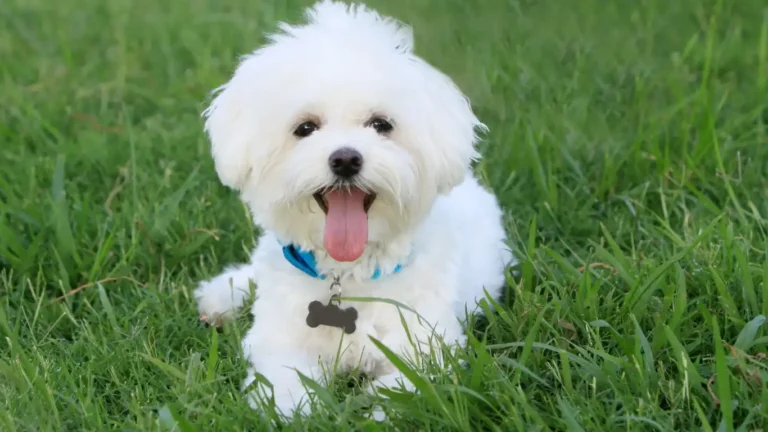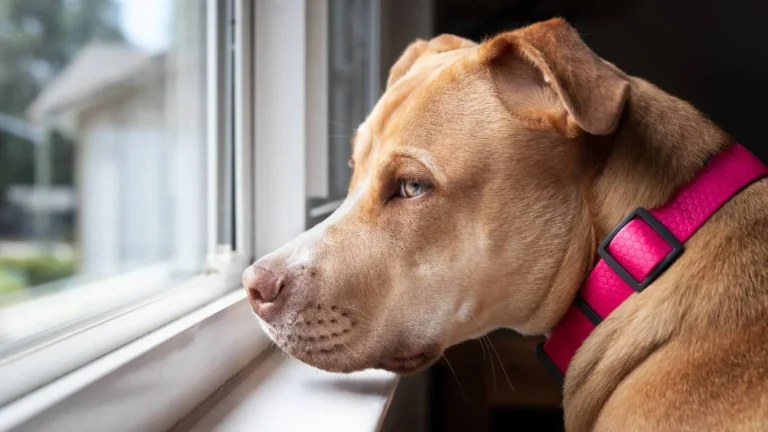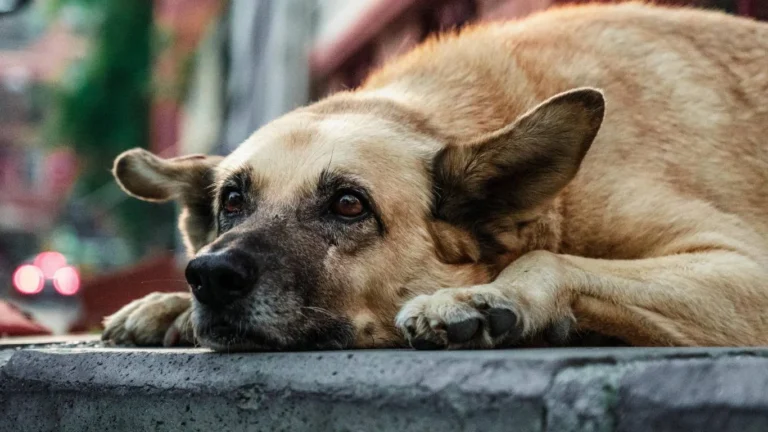Effective and Natural Ways to Get Rid of Dog Dandruff Fast
If you’re a pet parent, you might have noticed your dog scratching or shedding flakes of dry skin. Dandruff in dogs is surprisingly common, but it’s also one of the most overlooked skin problems. If your dog is dealing with dandruff, you’re probably wondering how to get rid of dog dandruff naturally. The good news is, there are plenty of natural remedies that can help alleviate the problem without resorting to harsh chemicals.
As a veterinary technician with a specialization in nutrition, I’ve seen firsthand how important it is to approach pet care with a holistic mindset, so today I’ll share some of my tried-and-true tips for managing your dog’s dandruff naturally. Let’s dive in!
What Causes Dog Dandruff?
Before jumping into remedies, it’s important to understand the possible causes of dandruff in dogs. Dandruff isn’t just about dry skin—there can be a variety of factors contributing to this condition. Whether it’s from environmental factors, dietary imbalances, or underlying health issues, identifying the root cause of your dog’s dandruff will help you choose the most effective treatment plan.
Dry Air and Environmental Factors
During colder months, or if you live in a dry climate, your dog’s skin can become dehydrated and flaky. Just like us, dogs can suffer from dry skin when the humidity levels drop or when the air gets really dry. This can lead to dandruff and cause them to itch more often.
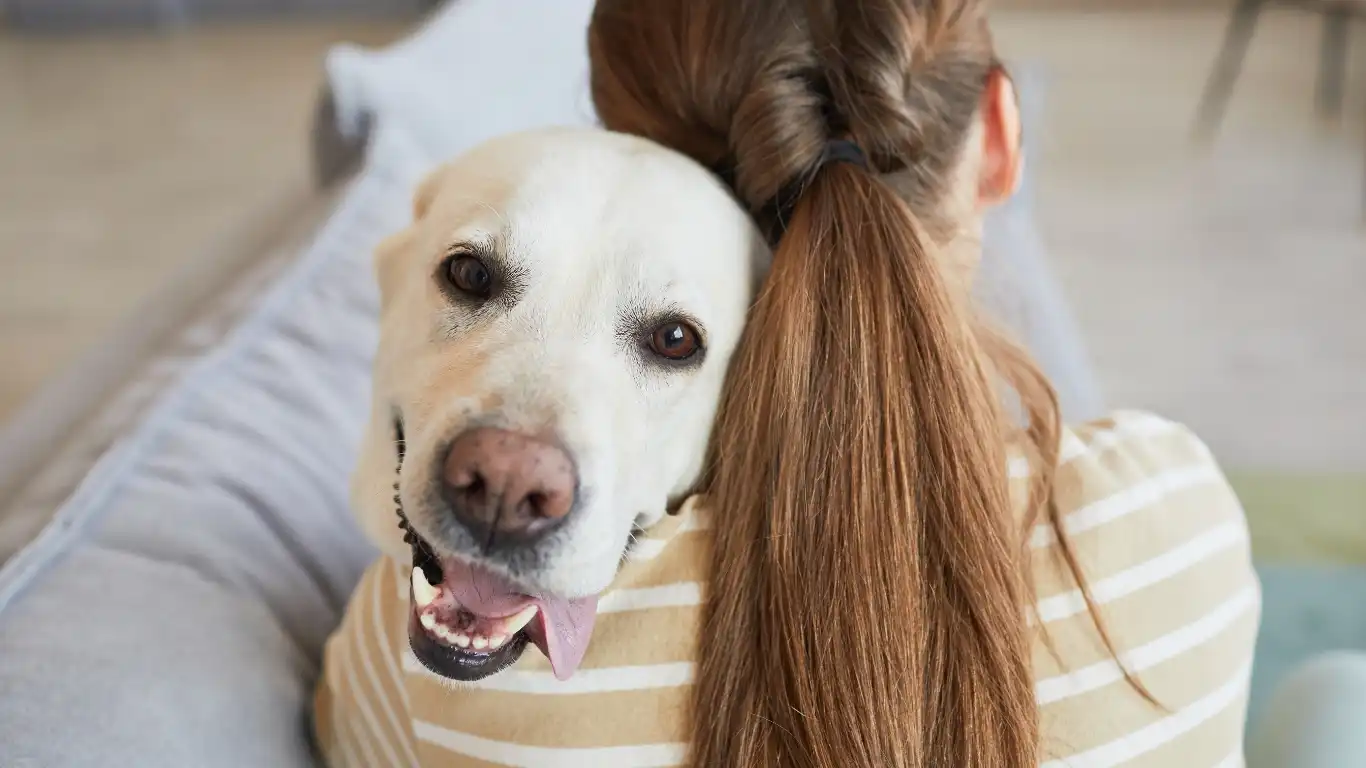
Poor Diet or Nutritional Deficiencies
Your dog’s diet plays a major role in their overall skin health. If they’re not getting the right nutrients, especially fatty acids like Omega-3 and Omega-6, their skin can become dry and flaky. For instance, an inadequate intake of essential fatty acids can contribute to dandruff. This is where my experience as a veterinary technician comes into play. I’ve seen many dogs improve dramatically just by adjusting their diet to include foods that promote skin health, such as fish oils, or high-quality dog foods that contain the right nutrients.
Underlying Health Issues
Sometimes, dandruff in dogs can be a sign of an underlying health condition. Hormonal imbalances, such as hypothyroidism, or parasites like fleas and mites can cause skin problems that result in dandruff. If your dog’s dandruff seems persistent or accompanied by other symptoms like hair loss, redness, or sores, it’s best to consult with your vet to rule out any medical conditions.
How to Get Rid of Dog Dandruff Naturally
Now that we’ve covered the causes of dandruff, let’s get into the natural remedies that can help you manage your dog’s skin health. These methods are safe and effective, especially when used consistently. In fact, some of them are remedies I’ve recommended to pet parents over the years, and they’ve seen great results!
1. Add Omega-3 Fatty Acids to Their Diet
One of the best ways to combat dandruff is by adding Omega-3 fatty acids to your dog’s diet. These essential fatty acids are great for improving skin health by reducing inflammation and promoting moisture retention. You can find Omega-3s in supplements like fish oils or in foods like salmon. Personally, I’ve found that a high-quality fish oil supplement is one of the easiest ways to give your dog’s skin the nutrition it needs to stay healthy and flake-free.
2. Regular Baths with Dog-Friendly Shampoo
Bathing your dog regularly with a gentle, dog-specific shampoo can help remove dead skin cells, which are a major cause of dandruff. However, be careful not to bathe them too often, as over-bathing can dry out their skin even more. Choose shampoos with natural ingredients like oatmeal, aloe vera, or coconut oil. These ingredients help moisturize the skin and reduce irritation, leaving your dog feeling fresh without exacerbating their dandruff.
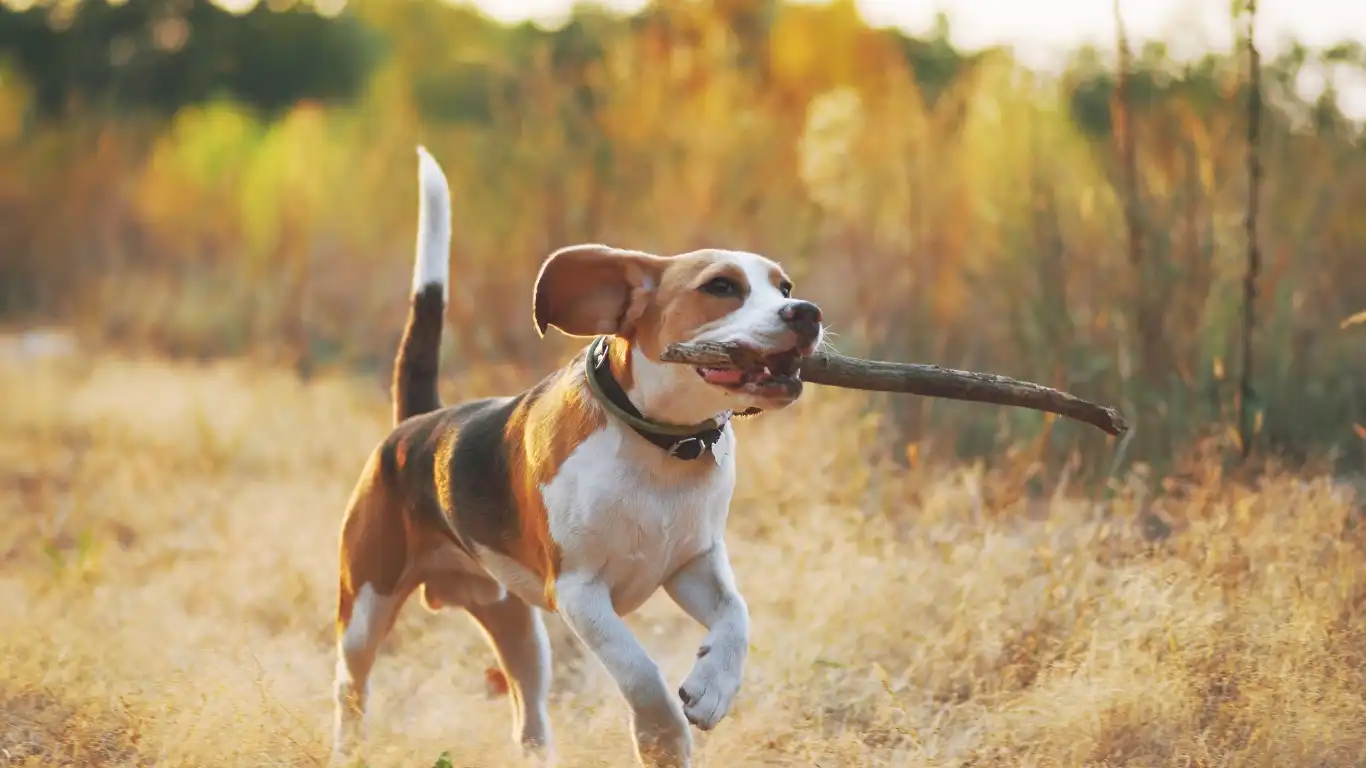
3. Coconut Oil: A Skin-Saving Miracle
Coconut oil is a miracle ingredient that works wonders for both humans and dogs when it comes to moisturizing the skin. You can use it as a topical treatment by massaging it directly onto your dog’s coat and skin. Coconut oil has anti-inflammatory and antifungal properties, which can help with dryness, flakiness, and even mild infections that might be contributing to dandruff. If your dog has sensitive skin, try a patch test before using it all over their body, just to be safe.
4. Hydration is Key
Hydration plays a critical role in skin health. If your dog isn’t drinking enough water, their skin is likely to become dry and flaky. Make sure your dog has access to clean, fresh water at all times, and consider adding a bit of low-sodium chicken broth or ice cubes to encourage them to drink more. Keeping your dog well-hydrated can help improve their skin and coat overall.
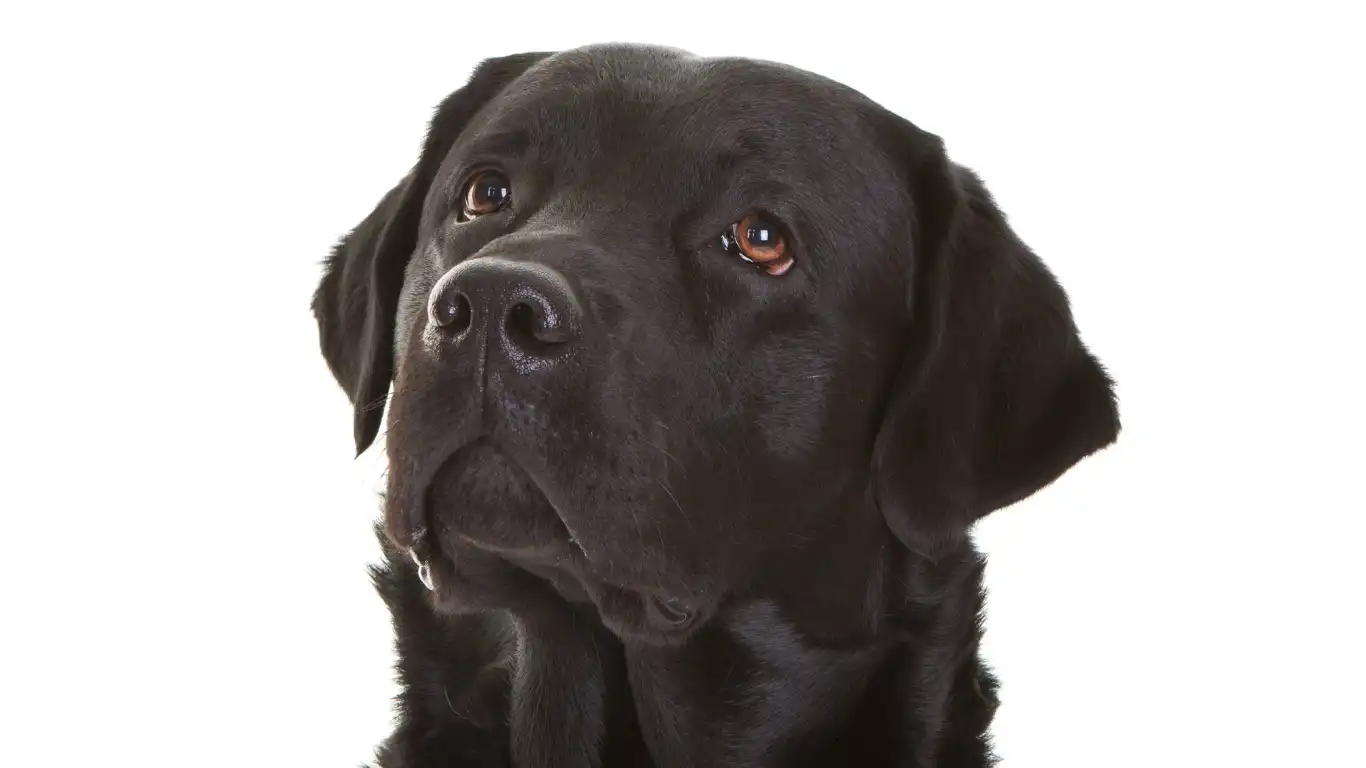
Next Steps in Tackling Dog Dandruff
As we’ve discussed, managing dog dandruff naturally involves a combination of proper diet, hydration, and skin care. It’s important to keep monitoring your dog’s skin and coat health. If you try these natural remedies and don’t see improvement within a few weeks, don’t hesitate to consult with your vet. Sometimes the underlying issue might be more complex than dry skin or poor nutrition.
Additional Natural Remedies for Dog Dandruff
If you’ve started implementing some of the earlier remedies and you’re looking for more ways to manage your dog’s dandruff, there are plenty of other natural options that can work wonders. In my years of working as a veterinary technician specializing in nutrition, I’ve found that a holistic approach really helps to tackle the root causes of dandruff. In this section, we’ll explore a few more natural remedies that can help your dog’s skin feel soft, hydrated, and dandruff-free.
5. Apple Cider Vinegar: A Soothing Rinse
Apple cider vinegar (ACV) is often hailed as a miracle ingredient for many pet care needs—and dandruff is no exception. ACV has natural antifungal and antibacterial properties, which can help clear up skin irritation that leads to dandruff. The acid in apple cider vinegar can also balance the pH of your dog’s skin, promoting a healthy, flake-free coat. However, it’s important to dilute the ACV with water before using it, as it can be harsh on your dog’s sensitive skin when used undiluted.
To make an ACV rinse, mix one part apple cider vinegar with one part water in a spray bottle. After giving your dog a bath, gently spray the solution onto their coat, massaging it in and allowing it to sit for a few minutes before rinsing it off. I’ve personally seen impressive results with this method, especially when dealing with dandruff caused by fungal or bacterial issues.
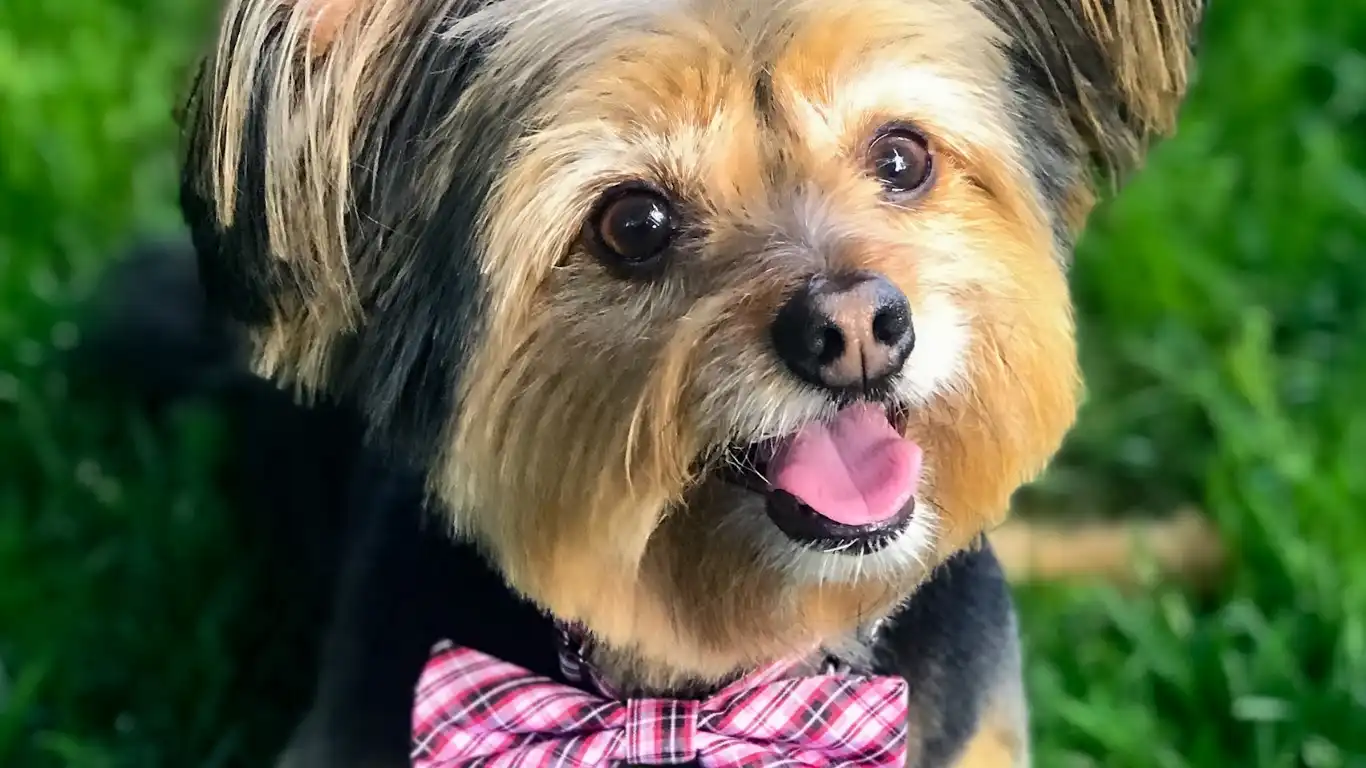
6. Aloe Vera for Moisturizing Relief
If you’ve ever had dry skin, you know how soothing aloe vera can be. Well, the same goes for dogs! Aloe vera gel, especially from fresh leaves, is an excellent natural remedy for moisturizing your dog’s skin and reducing the appearance of dandruff. It’s gentle, non-toxic, and full of vitamins and minerals that support healthy skin.
Simply apply the aloe vera gel directly to your dog’s dry, flaky areas, making sure to avoid any open wounds. Aloe vera can be used daily, and it’s great for soothing irritated skin after a bath or when you notice your dog itching or scratching excessively. I recommend using pure aloe vera gel with no added chemicals or fragrances. My clients often share how their dogs love the cooling effect, and it seems to bring quick relief to even the most uncomfortable skin conditions.
7. Healthy Fats and Oils for a Glossy Coat
As mentioned earlier, Omega-3 fatty acids play a huge role in maintaining healthy skin, but there are other healthy fats that can benefit your dog’s coat as well. Coconut oil, for example, isn’t just great for topical use—it’s also amazing when added to your dog’s diet. Not only does it improve skin health, but it can also help enhance your dog’s coat, making it shiny and dandruff-free.
You can mix a small amount of coconut oil into your dog’s food, but always start with small doses. Too much coconut oil can upset your dog’s stomach, so it’s important to follow dosage guidelines based on their weight. Additionally, you can use flaxseed oil or hemp seed oil as an alternative source of healthy fats. Both oils are rich in essential fatty acids, which can significantly improve your dog’s skin hydration and reduce flakiness.
8. Avoid Harsh Chemicals in Grooming Products
One of the simplest ways to manage dog dandruff is by ensuring that your grooming products are gentle and free from harsh chemicals. Many commercial dog shampoos contain sulfates, parabens, and artificial fragrances, which can strip your dog’s skin of its natural oils. This can lead to dryness and, you guessed it—dandruff!
When choosing a shampoo for your dog, opt for a product that’s free from artificial additives and has soothing, natural ingredients like oatmeal, chamomile, or calendula. In my experience, clients who switch to more natural shampoos tend to see a significant reduction in their dog’s dandruff. It’s always a good idea to read the ingredient list carefully before choosing a product, and if you’re unsure, ask your vet for a recommendation. They’ll be able to point you toward the best options for your dog’s specific needs.

Maintaining a Healthy Environment for Your Dog’s Skin
In addition to the natural remedies and diet changes you’ve implemented, keeping your home environment in check is another key factor in controlling dog dandruff. Environmental factors like temperature, humidity, and allergens can all impact your dog’s skin health. Here are a few simple things you can do to help maintain a dandruff-free environment:
9. Use a Humidifier in Dry Weather
As mentioned earlier, dry air is a major contributor to dandruff in dogs. To help combat this, I always recommend using a humidifier in your home, especially during the winter months when the air tends to be drier. A humidifier will add moisture back into the air, which can keep your dog’s skin from becoming dry and flaky.
In addition to benefiting your dog’s skin, using a humidifier can also improve the overall air quality in your home, which can help reduce dust and allergens. It’s a simple solution that makes a big difference for dogs with sensitive skin or respiratory issues. Be sure to clean the humidifier regularly to prevent the buildup of mold or bacteria, which can cause other problems.
10. Regular Brushing to Stimulate the Skin
Brushing your dog regularly is another great way to manage dandruff naturally. Brushing helps to distribute natural oils across your dog’s coat, which can keep their skin moisturized and free of flakes. It also helps remove dead skin cells that can contribute to dandruff buildup. Plus, regular brushing can improve circulation and promote overall coat health.
Choose a brush that suits your dog’s coat type—whether it’s a slicker brush, pin brush, or de-shedding tool. And don’t forget to brush gently to avoid irritating your dog’s skin. When done consistently, brushing can be a great preventive measure against dandruff and skin dryness.
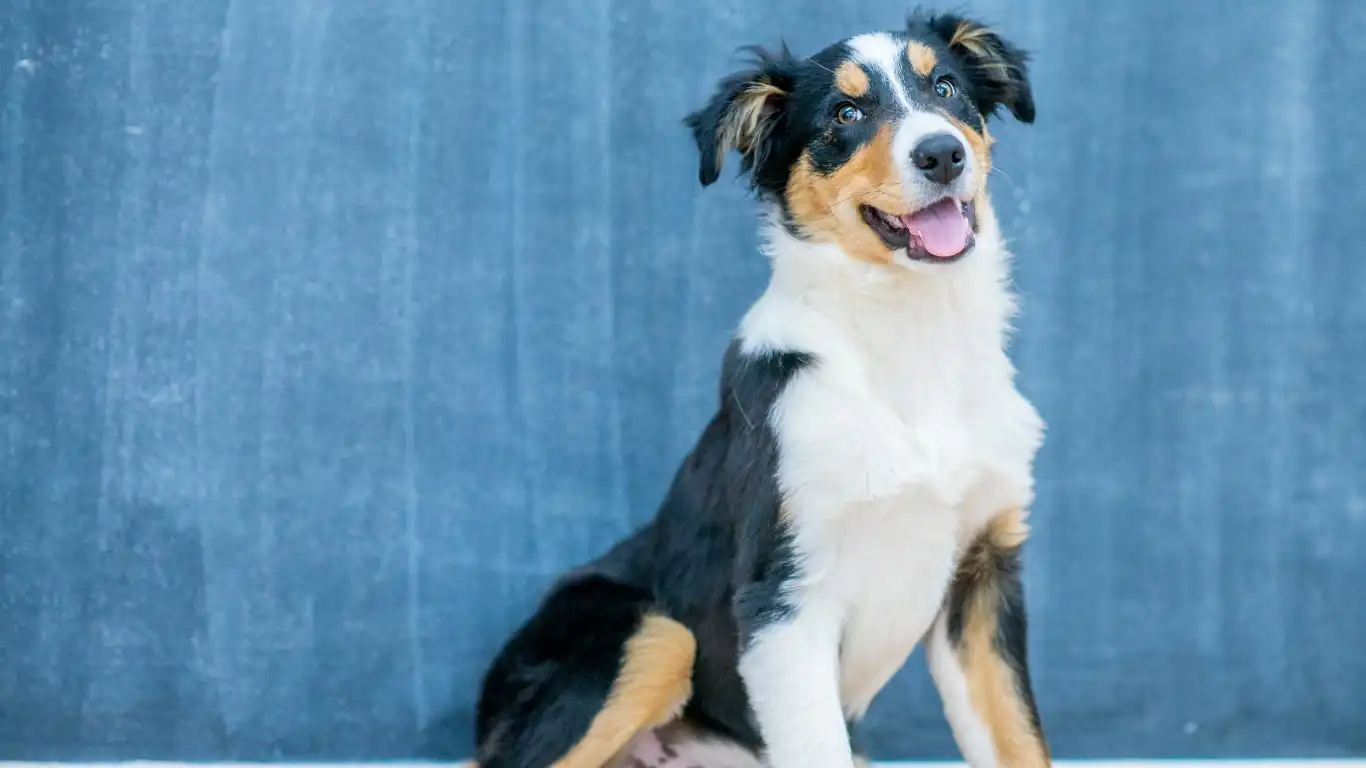
When to Seek Veterinary Help for Dog Dandruff
While natural remedies are often effective in treating dog dandruff, it’s important to know when to seek help from a professional. If you’ve been using natural remedies and your dog’s dandruff persists or worsens, it may be time to visit the vet. Additionally, if your dog is experiencing symptoms like hair loss, red or inflamed skin, or scabs, these could be signs of a more serious condition, such as allergies, infections, or parasites. Your vet can help diagnose the problem and recommend the most effective treatment plan.
How to Prevent Dog Dandruff in the Future
Once you’ve managed to get rid of your dog’s dandruff, the next step is to ensure it doesn’t return. After all, prevention is always better than cure, and keeping your dog’s skin healthy is a continuous process. Having worked as a veterinary technician for several years, I can tell you that maintaining a healthy coat involves ongoing care, from diet to grooming to environment. Below, I’ve outlined several preventive measures that will help you keep your dog’s skin in top condition for the long haul.
1. Stick to a Consistent Grooming Routine
One of the best ways to prevent dandruff from coming back is to maintain a regular grooming routine. Brushing your dog’s coat doesn’t just make them look great, it also helps prevent dandruff by removing dead skin cells, dirt, and debris that could cause irritation. Additionally, brushing helps distribute your dog’s natural oils throughout their coat, which keeps their skin moisturized and healthy.
Depending on your dog’s coat type, you may need to brush them more frequently—whether it’s daily for long-haired breeds or weekly for short-haired dogs. I always tell my clients that brushing is not just a beauty treatment; it’s a health maintenance tool. Make it a habit to check your dog’s skin during each brushing session so you can catch any signs of dryness or irritation early on.

2. Regular Checkups with Your Veterinarian
Regular vet checkups are essential for keeping your dog healthy overall, and that includes skin health. During your visits, be sure to ask your veterinarian about your dog’s skin condition, especially if they have a history of dandruff. Your vet can recommend preventive treatments, adjust your dog’s diet, or suggest grooming techniques that are tailored to your pet’s unique needs. By staying on top of your dog’s health, you can catch any potential problems early, before they turn into larger issues.
Routine checkups also give your vet a chance to check for parasites or other underlying health conditions that might be contributing to dandruff. I’ve seen many cases where what seemed like simple dandruff turned out to be a symptom of an underlying issue, like fleas, fungal infections, or thyroid problems. Regular checkups ensure your dog is happy and healthy all around!
3. Keep Your Home’s Environment Moisturized
If your home has dry air, it could be a contributing factor to your dog’s skin issues. If you live in an area with harsh winters or your home is heated constantly, adding a humidifier can make a world of difference for your dog’s skin. A humidifier helps prevent the air from becoming too dry, which in turn helps maintain moisture in your dog’s skin and coat.
Another simple solution is to add plants or natural air purifiers that can also help improve humidity. My clients who have made their homes more humid during the dry months have noticed fewer skin problems for their dogs, including less dandruff and less itching. It’s a small change that can have a big impact on your dog’s overall well-being!
Natural Alternatives to Commercial Dog Products
While natural remedies can work wonders, I know that many dog owners still prefer using ready-made products from the store. If you’re someone who likes to stick to commercial dog care products, you may want to consider switching to natural alternatives that are free of chemicals. Over the years, I’ve seen a rise in demand for natural grooming solutions that are just as effective as their synthetic counterparts.
4. Choosing the Right Natural Shampoos and Conditioners
Natural dog shampoos are a great option for managing dandruff without irritating your dog’s skin. Look for shampoos that contain soothing ingredients like oatmeal, aloe vera, and chamomile. These ingredients are known for their ability to hydrate and calm irritated skin. Many of the commercial dog shampoos on the market today contain harsh chemicals and artificial fragrances that can actually make dandruff worse by drying out the skin. By choosing gentle, natural options, you can ensure your dog’s skin stays hydrated without any unwanted side effects.
Additionally, conditioners formulated with natural oils like jojoba or argan oil can help maintain moisture and prevent further skin dehydration. Just be sure to select products designed specifically for dogs, as their skin is more sensitive than ours and requires special care. I always recommend that my clients check the ingredient list for any harsh chemicals, and if in doubt, consult their vet for recommendations.

When to Seek Veterinary Help for Dog Dandruff
Although most cases of dog dandruff can be managed with natural remedies and lifestyle changes, there are times when professional help is needed. If you’ve tried various natural treatments and your dog’s dandruff persists or worsens, it may indicate a more serious underlying issue that requires medical attention. Conditions such as skin infections, allergies, or hormonal imbalances can cause or exacerbate dandruff, and these are best diagnosed and treated by a veterinarian.
It’s always a good idea to seek veterinary advice if your dog is experiencing other symptoms alongside dandruff, such as:
- Hair loss
- Red or inflamed skin
- Excessive scratching or biting at the skin
- Signs of infection, such as sores or crusting
- Behavioral changes like lethargy or loss of appetite
It’s important not to wait too long to consult with a professional if these symptoms persist, as early diagnosis and treatment are key to your dog’s recovery. Your vet will be able to provide a tailored treatment plan, which might include prescription medications, supplements, or specific grooming recommendations to address the root cause of your dog’s skin issues.
References
If you’re looking for more information on natural remedies for dog dandruff or general pet care, be sure to check out reliable pet health resources, such as WebMD for Pets and American Kennel Club, which provide expert advice on keeping your dog healthy and happy.
Disclaimer
The information provided in this article is for informational purposes only and is not intended to substitute for professional veterinary advice, diagnosis, or treatment. Always consult your veterinarian before making any changes to your dog’s diet or health regimen.
